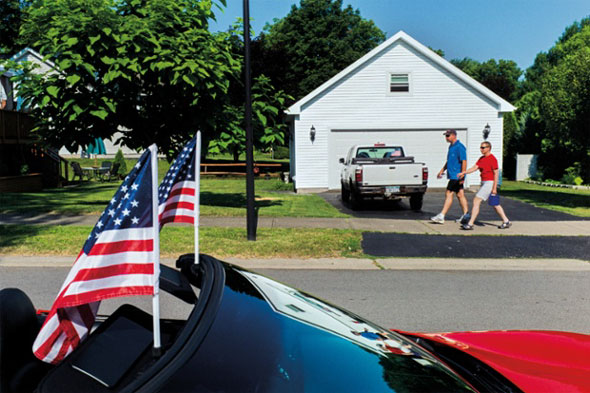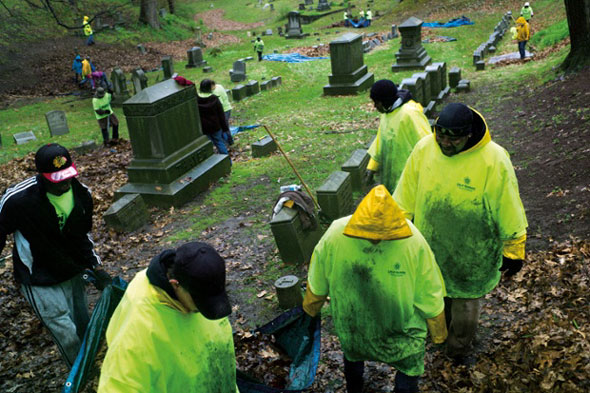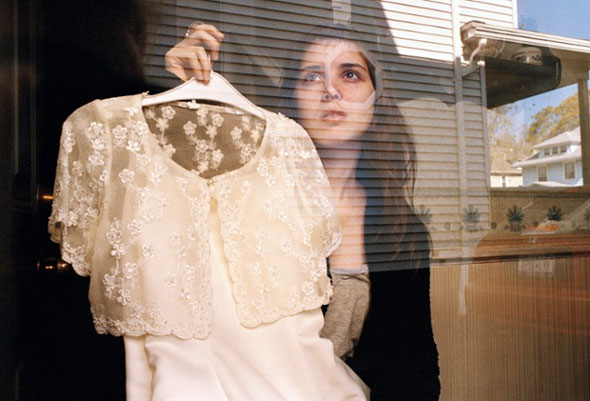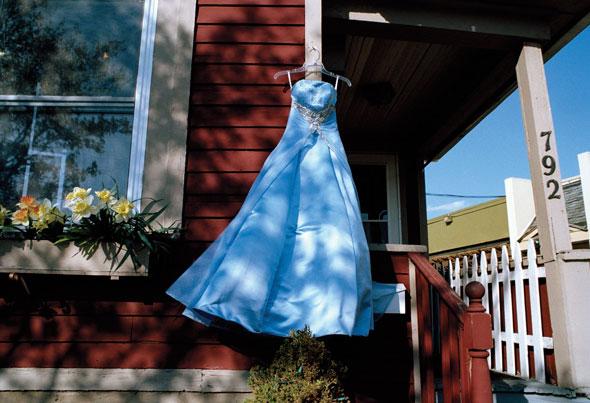Interesting Guardian article on the city of Rochester, New York, home of film giant Kodak which collapsed in 2012. Now, using Kodak film, Magnum photographer Alex Webb and his wife Rebecca Norris Webb have captured the streets of the rundown town, creating a eulogy to the days of transparencies.
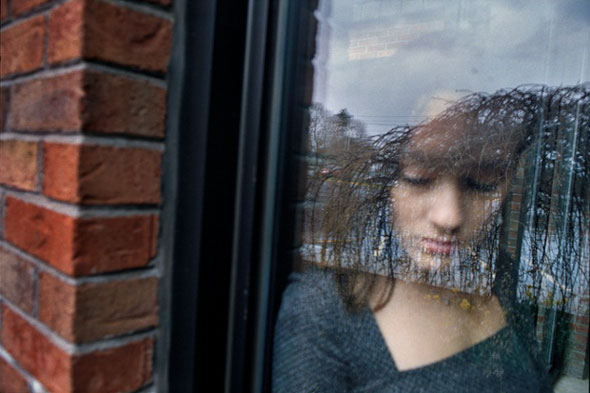
Either see the death of the town in pictures, no less is the compelling is the writeup on the couple who captured the death of a company town.
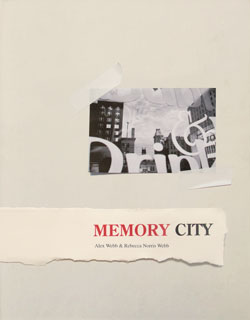
The announcement caused dismay throughout the photographic world. In April 2012, the renowned Magnum agency dispatched 11 of its members to Rochester for two weeks. For two photographers, Alex Webb and Rebacca Norris, one trip was not enough, as their new book Memory City proves.
Eastman Kodak in Rochester was one of the world’s leading manufacturers of photographic film for 125 years. Memory City responds to the uncertain future of Kodak film as a medium by presenting a view of Rochester that reflects the city’s prosperous past and current troubles.
In the 12 months following their first visit, the husband-and wife team returned to Rochester four more times. Each stay lasted two or three weeks, during which they steadily worked their way into the fabric of the 210,000-strong community.
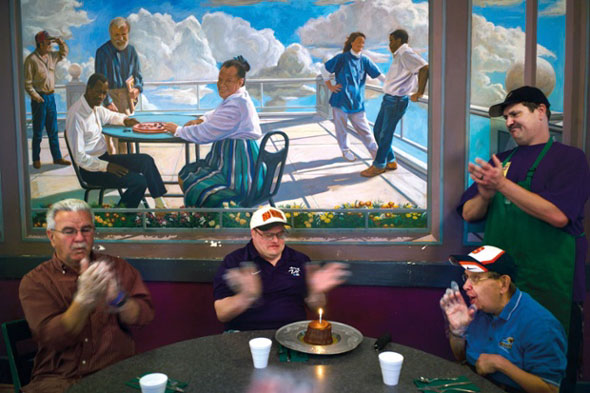
Webb: “I’m a street photographer at heart, so I approached Rochester the same way I often approach somewhere I’m shooting. Walking, meandering, allowing my camera and experiences to guide me.” His wife, on the other hand, took the time to forge close friendships with residents.
Was there any obscure Kodak technician left in town? They decided to ask around to see if anyone still processed Kodachrome. No one did it as color, but they did discover a photographer who runs a lab in Rochester could develop it as black-and-white. They tried out a few rolls. To their “surprise, it came out as negative and looked distressed, almost weathered.”
Usually known for his color work, for this project Alex used his final rolls of Kodachrome — a color film now only able to be processed in black and white — to capture Rochester’s fading grandeur. Rebecca was shooting Portra, one of Kodak’s last films. The book also contains quotations from many of the famous writers and thinkers who have been connected to Rochester and its environs.
The book captures a sense of melancholy and introspection — or many Kodak moments as you would have said not too long ago.
For more, read the Guardian’s Last Days of Kodak Town: The Decline and Fall of the City Photography Built.
You can order the book Memory City from Amazon.
